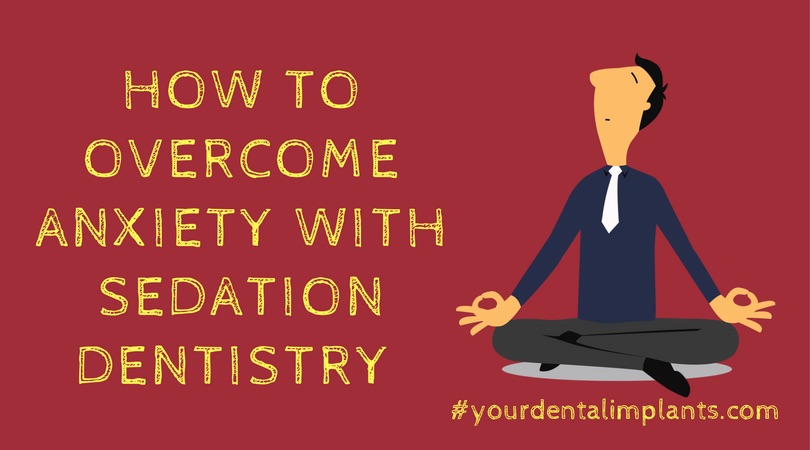If the mere thought of going to the dentist makes your heart race, you’re not alone. Dentistry causes major anxiety for many, whether visiting their dentist for a routine cleaning or a more intricate procedure.
But fear not! There are steps you and your dentist can take to help calm your nerves and make your visit as pleasant as possible. Sedation dentistry is the use of medicine to keep patients calm and relaxed during a procedure.
Unlike general anesthesia, sedation dentistry doesn’t have to mean “putting you under.” With sedation dentistry, patients can be fully awake and able to interact with and respond to their dentist and dental staff. Sedation dentistry simply helps patients overcome their anxieties.
4 Levels of Sedation Dentistry
Your dentist will always choose to use the least sedation necessary to make you comfortable.
Minimal sedation – You are awake and relaxed.
Moderate sedation – You are awake but may slur your words and have trouble remembering some of the procedure. This is sometimes referred to as “conscious sedation.”
Deep sedation – You are still considered conscious and can be awakened but generally will not remember the procedure or feel the lapse of time.
General anesthesia – You are completely unconscious and considered “under.”
How Sedation Dentistry Works
Sedation can be administered in a number of ways based on the level necessary for patient relaxation.
Oral sedation – The most simple form of sedation dentistry involves nothing more than taking a pill about 30 minutes before a procedure. The pill, usually a drug such as Halcion or Valium, makes patients drowsy.
Inhalation sedation – Many joke about laughing gas (nitrous oxide), but it is a great option for dental sedation. The administration of laughing gas is done by a patient breathing a mixture of nitrous oxide and oxygen through a mask. The patient is almost instantly relaxed and can drive home after the dental procedure is complete.
Intravenous sedation – Intravenous sedation is done by administering a sedative through an IV, directly into the bloodstream. Sedation levels can be adjusted easily while the procedure is occurring and while the patient is on the edge of consciousness. This type of sedation is often used for oral surgeries like implants and extractions and for patients who suffer from extreme anxiety. Patients return to full consciousness when the sedative wears off.
Deep sedation – This is the highest level of sedation and is done under general anesthesia, also administered directly into the bloodstream through an IV. It is used for patients undergoing the most involved procedures and for those who also suffer from extreme anxiety. Under general anesthesia, patients are not able to be awakened until the sedative wears off or is reversed by another medication.
With sedation Dentistry’s numerous options, there is no reason to feel anxious while visiting the dentist. Have a conversation with your dentist today about how to make you most comfortable during your next appointment or procedure.

